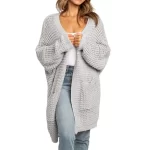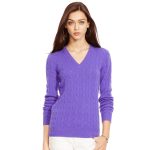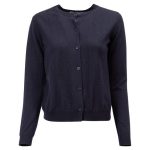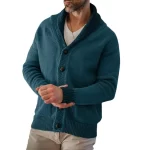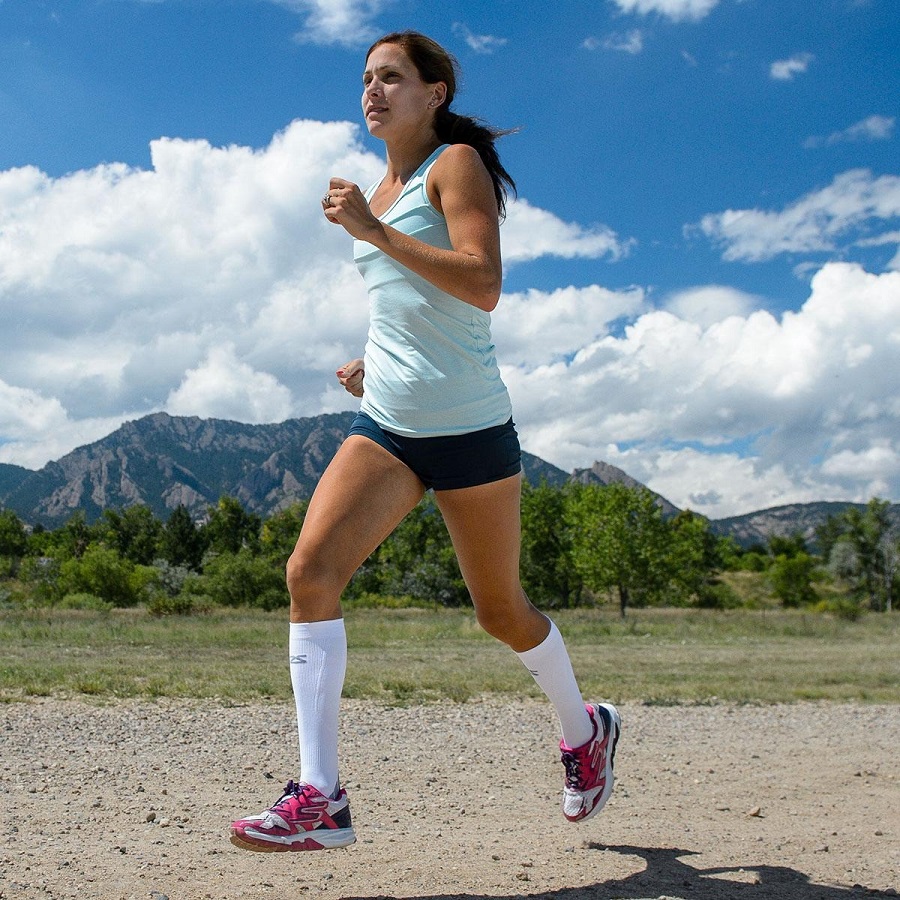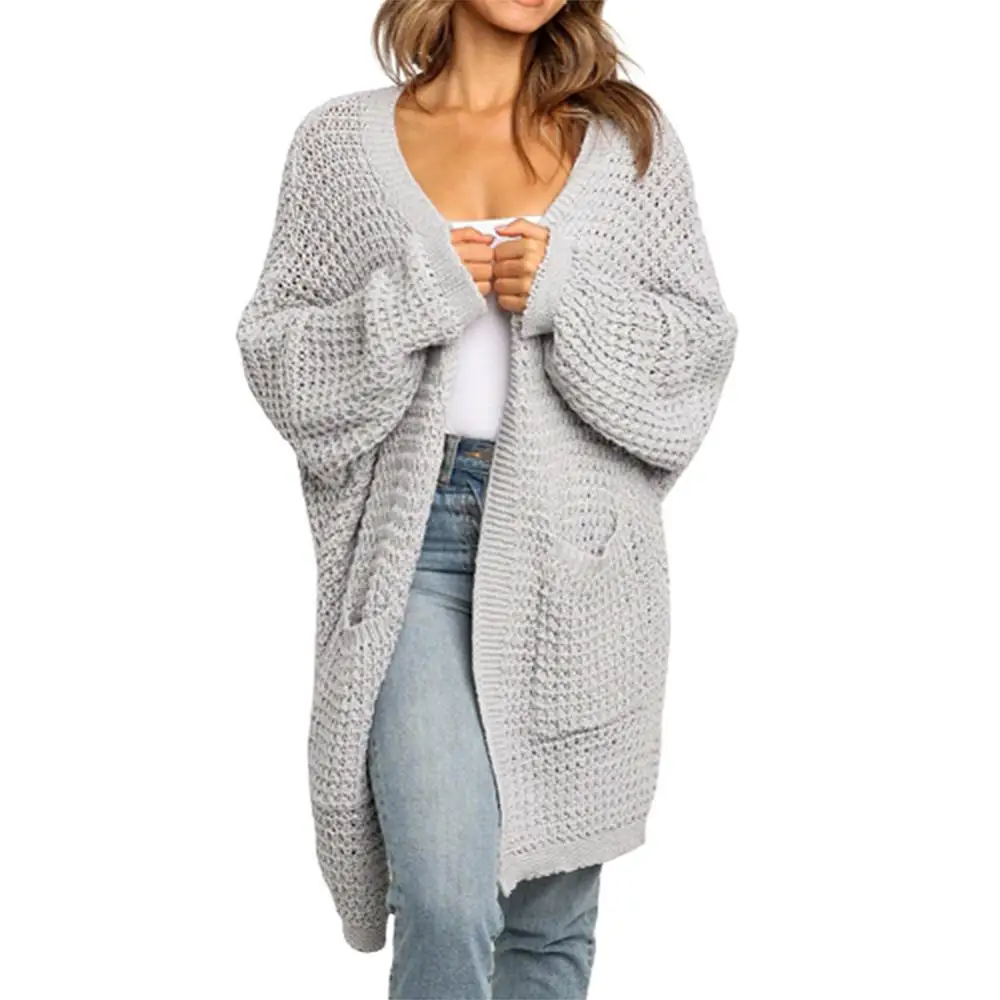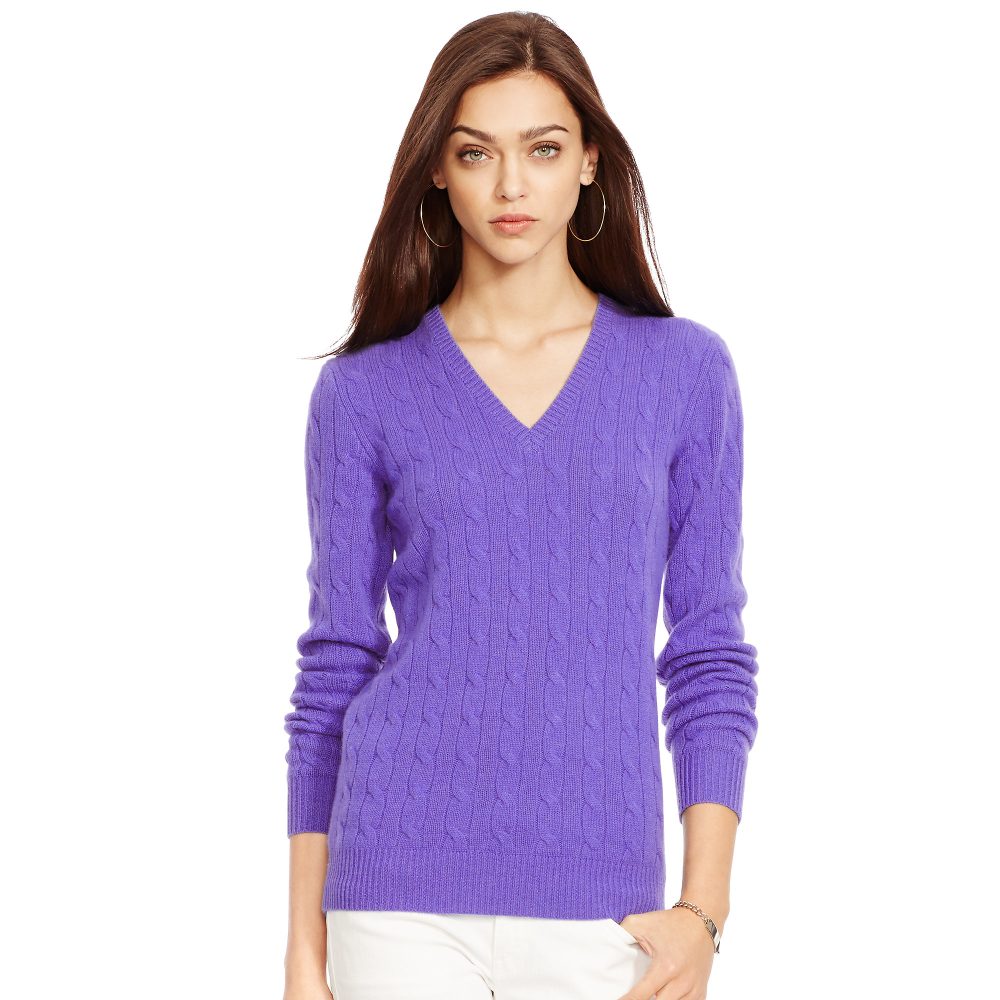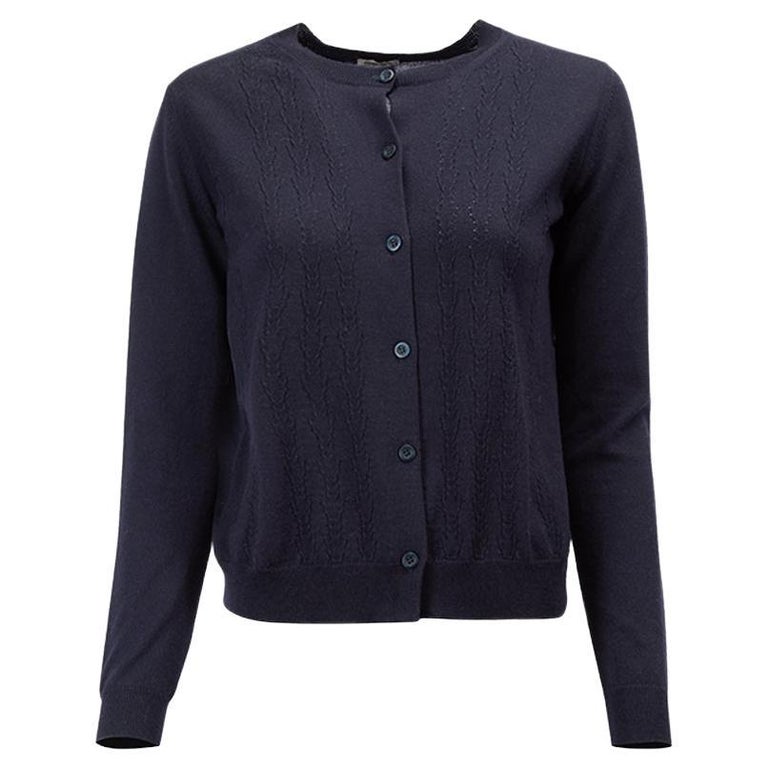What Are Compression Socks and How Do They Benefit Runners?
Compression socks are specialized hosiery designed to support runners. They apply gentle pressure to the legs and ankles. This helps improve blood flow. Better circulation can reduce swelling and fatigue. It can also speed up recovery after long runs. Many runners wear compression socks to help lessen the risk of injuries.
The benefits don’t stop there. Compression socks can aid in lactic acid removal. This may lead to less soreness during and after a run. They also help to stabilize the muscles. This may decrease muscle vibration. Less vibration means less fatigue. Runners may find they can go farther and faster with less discomfort.
Running compression socks also offer support for veins. They can prevent blood from pooling in the lower legs. This is crucial after intense exercise. It also helps those who stand or sit for long periods. Keeping blood moving is key to a healthy circulatory system.
In summary, these socks help runners in several ways:
- They improve circulation and reduce swelling.
- They may prevent injuries by providing muscle stability.
- They can diminish the feeling of soreness.
- They assist in preventing blood pooling in the legs.
- They allow runners to perform better by reducing muscle fatigue.
By wearing compression socks, runners can enjoy these benefits. This can help them in training and recovery. It’s important, however, to choose the right compression level and fit. This ensures the maximum advantage from their use.
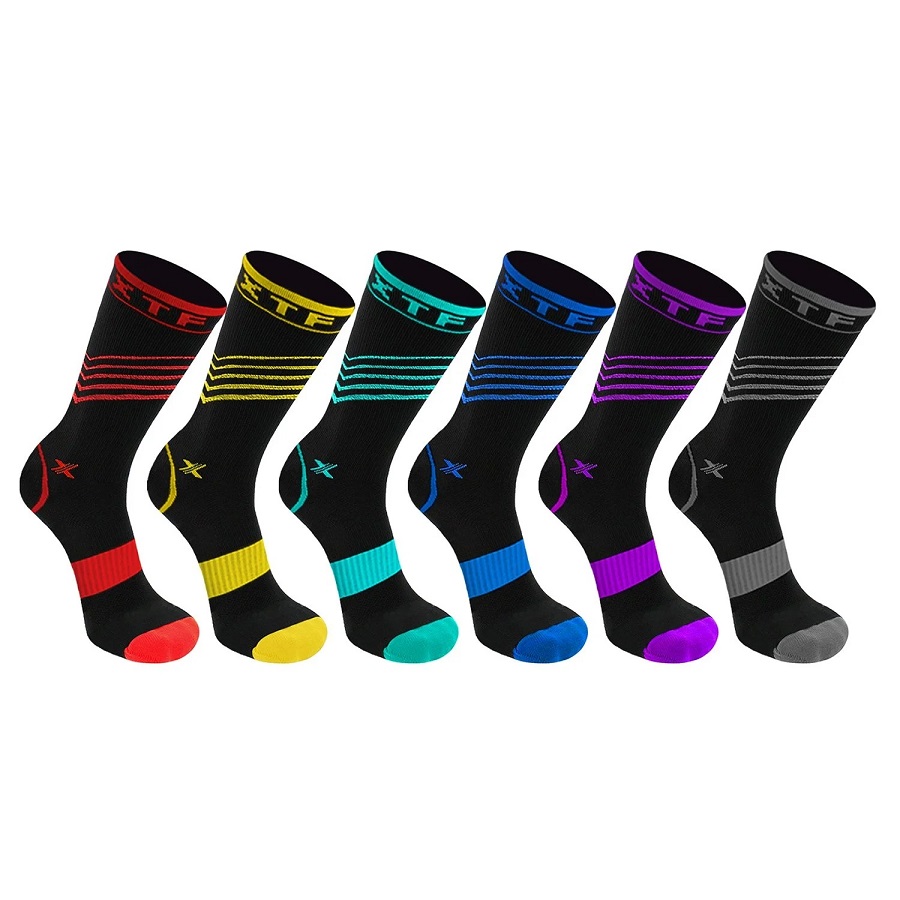
Choosing the Right Compression Level for Your Needs
Choosing the right compression level for running compression socks is key. It affects comfort and effectiveness. Compression levels are measured in millimeters of mercury (mmHg). They range from light to extra firm. Here’s how to select the best one for you:
- Light compression (15-20 mmHg): Great for beginners. Boosts circulation with minimal pressure. Ideal for all-day wear or during short runs.
- Moderate compression (20-30 mmHg): Hits the sweet spot for many runners. Offers more support and reduces muscle fatigue. Suitable for longer runs.
- Firm compression (30-40 mmHg): Used for vigorous activity. Helps with recovery and reduces more swelling. Choose this for high-intensity or long-distance runs.
- Extra firm compression (40-50 mmHg): Mainly for medical use. Support is strong and aids in severe swelling reduction. Not common for running purposes.
Running with the correct compression level can improve your performance. The type of running you do should dictate the level you choose. Light compression works well for low-intensity or short runs. Moderate to firm levels are better for longer distances or recovery. Always consult with a professional if you are unsure. They can help you find what suits your running needs best.
Material and Fabric Considerations for Comfort and Durability
When shopping for running compression socks, the material and fabric are crucial. They determine how comfortable and durable the socks will be. Here are key factors to consider:
- Breathability: Good running compression socks use breathable fabrics. This helps keep feet dry and comfortable during long runs.
- Moisture-wicking: Look for materials that wick moisture away from the skin. This reduces blisters and hot spots.
- Temperature Regulation: Some fabrics can help keep feet warm in cold weather and cool in heat.
- Stretch: The best fabrics stretch enough to offer compression without being too tight.
- Durability: Strong materials resist wear and tear. They can withstand frequent use and washing.
- Comfort: Soft fibers like merino wool or bamboo can add extra comfort.
- Antibacterial Properties: Fabrics with antibacterial features prevent odor and maintain freshness.
These factors help ensure running compression socks support and comfort your feet. They also help the socks last through many runs. Look for a blend of synthetic fibers, such as nylon or spandex. These often provide the best combination of benefits for runners.
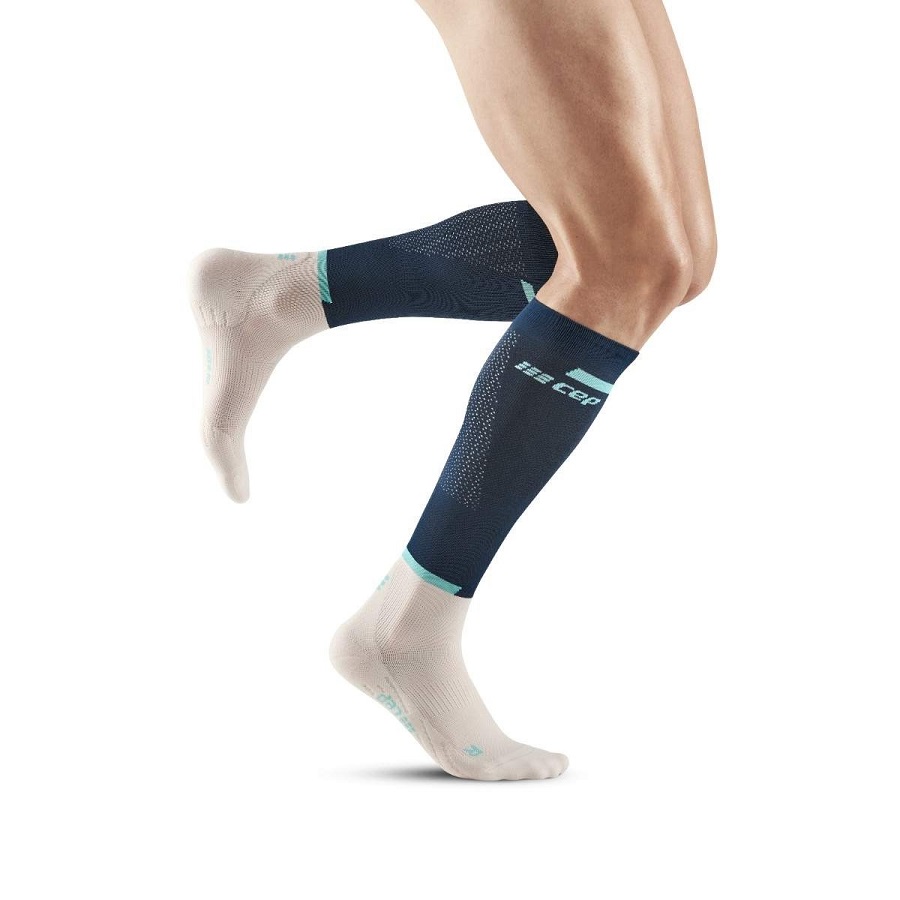
Sizing and Fit: How to Ensure the Perfect Match
Ensuring the perfect match in sizing and fit is crucial for the effectiveness of running compression socks. Here are steps to achieve the best fit:
- Measure Your Legs: Measure your calf circumference at the widest point. Also, measure your leg length from the floor to the bend in your knee.
- Check Size Charts: Use the measurements to find the right size on the brand’s chart. Sizes can vary between brands.
- Consider Foot Size: Some compression socks include foot sizing. Make sure these fit well to avoid discomfort.
- Try Them On: If possible, try on different sizes. Check that they are snug but not too tight. Ensure they don’t slip or bunch.
- Seek Professional Help: If in doubt, seek help from a medical professional or a specialized store. They can suggest the best size for your needs.
A perfect fit means the socks will apply the right amount of pressure. This ensures optimal blood flow and support. A poor fit can lead to discomfort, reduced effectiveness, and even health issues. It can hinder circulation rather than help it. Always prioritize a snug, comfortable fit that maintains proper compression levels.
The Best Running Compression Socks: Top Brands and Models
Finding the best running compression socks involves looking at top brands and models. Here’s a list that stands out for their quality, performance, and reviews from users:
- Compressport: Known for high-tech fabrics and precise compression levels.
- CEP: Offers a wide range of sizes and targeted compression zones for runners.
- 2XU: Features lightweight, powerful fabrics for endurance athletes.
- Swiftwick: Provides a balance of compression and comfort, with moisture-wicking materials.
- Zensah: Popular for their innovative designs and comfortable fit.
- Balega: Combines fine yarns and high-level cushioning for extra comfort.
- Socks Matter: Advertised as a budget-friendly option without sacrificing compression benefits.
Each brand has its unique selling points. Compressport focuses on technical materials. CEP designs socks with specific compression areas. 2XU offers products for serious endurance runners. Swiftwick balances support with comfort. Zensah brings creative styles and fits. Balega emphasizes comfort with cushioning. When choosing, remember to consider your specific needs for compression, fabric, durability, and fit.
Apart from brands, some specific models have garnered attention:
- Compressport Full Socks Run: These are ideal for recovery with their high compression levels.
- CEP Women’s Progressive+ Compression Run Socks 2.0: Tailored for female athletes, these provide an optimal blend of comfort and support.
- 2XU Compression Performance Run Socks: Praised for their graduated compression which is ideal during races and recovery.
Make sure to look at customer reviews and consider trying different models to find what works best for your running routine. Always select a pair that aligns with the compression level guide previously explained. The right socks can make a significant difference in your performance and recovery. Running compression socks are a worthy investment for any runner looking to enhance their experience and results.
Caring for Your Compression Socks to Maximize their Lifespan
Caring for your running compression socks properly extends their life and effectiveness. Here are straightforward tips to keep them in top condition:
- Wash Gently: Turn your socks inside out. Use cold water. Choose a gentle cycle on your washing machine. Harsh washing can break down fibers, so be gentle.
- Use Mild Detergent: Skip bleach and fabric softeners. They can degrade the elastic and compression properties. A mild detergent is less harsh on your socks.
- Avoid High Heat: Don’t use the dryer. High heat can damage the elasticity. Air drying is best. Lay them flat or hang them up to dry.
- Keep Sharp Objects Away: Take care when putting on and taking off your socks. Objects like rings or nails can snag the fabric. Snags can lead to tears.
- Store Properly: Roll them or lay them flat in a drawer. Avoid folding them tightly or balling them up. This helps maintain their shape.
- Rotate Pairs: Use different pairs through the week. This allows each pair to regain its shape and elasticity between uses.
By following these simple care instructions, your running compression socks will stay snug. They’ll provide the right level of compression run after run. Treat them with care, and they’ll be a long-lasting tool in your running arsenal.
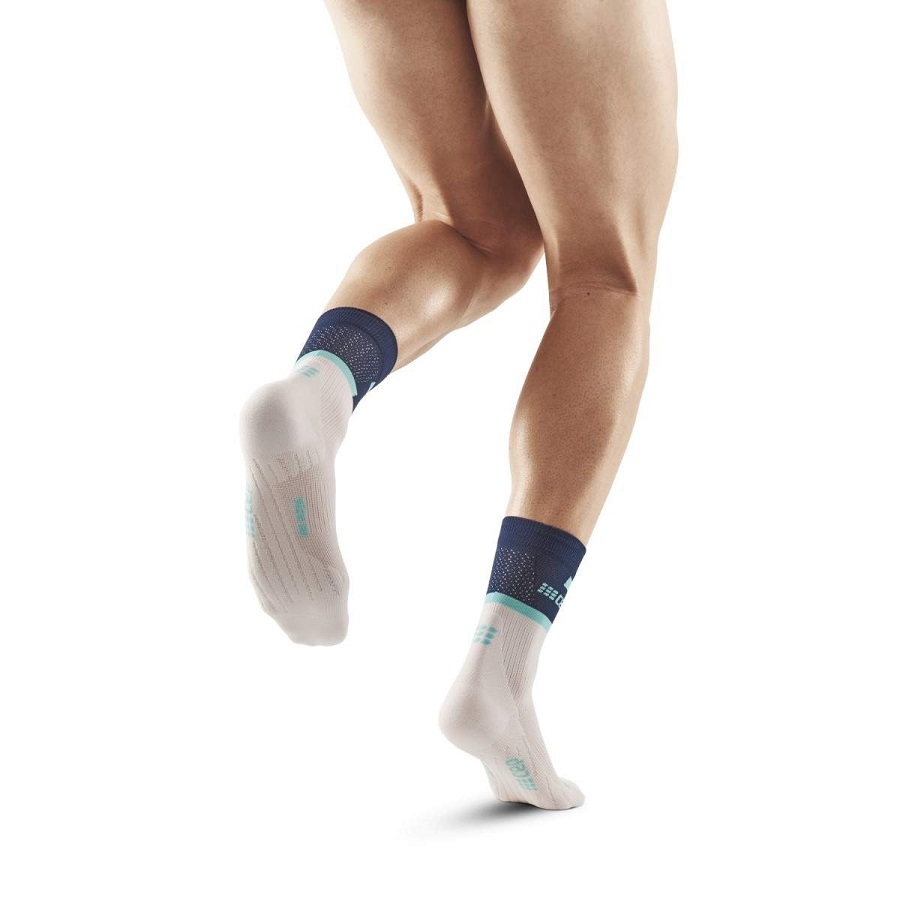
Compression Socks and Performance: What Does Research Say?
With the rising popularity of running compression socks, it’s important to understand what research says about their impact on performance. Studies have shown mixed results, but there are several positive findings.
- Enhanced Circulation: Research indicates that compression socks can improve blood flow. This might help athletes during their run.
- Reduced Muscle Soreness: Some studies suggest that these socks can lessen muscle soreness after exercise.
- Increased Oxygen Delivery: Improved circulation may lead to better oxygen delivery to muscles.
- Lower Risk of Muscle Damage: Wearing compression socks might protect against muscle damage during long runs.
- Quicker Recovery: Evidence suggests quicker recovery times when runners use compression gear post-exercise.
While some researchers claim there’s no significant improvement in performance, many athletes report positive experiences. Personal testimonials mention feelings of reduced fatigue and enhanced recovery when wearing compression socks during and after runs. It’s worth noting that while scientific findings provide a foundation, individual experiences can vary. As such, many runners choose to incorporate running compression socks into their gear based on personal preference and perceived benefits.
When to Wear Compression Socks: Pre-Run, Post-Run, and During Recovery
Knowing when to wear running compression socks is as important as selecting the right pair. Let’s explore the best times to wear these performance aids.
- Pre-Run: Wearing compression socks before you start running can warm up the muscles. This may reduce the risk of injuries. It can also stimulate blood flow.
- During the Run: Compression socks support your muscles throughout your run. They provide stability and may improve performance.
- Post-Run: After your run, keep the compression socks on. They aid in recovery by reducing soreness and swelling. They may also speed up the removal of lactic acid.
- During Recovery: Rest days are important. Compression socks can promote circulation and muscle repair even when you’re not running.
Remember, every runner is different. Experiment with wearing running compression socks at different times to see what works best for you.

